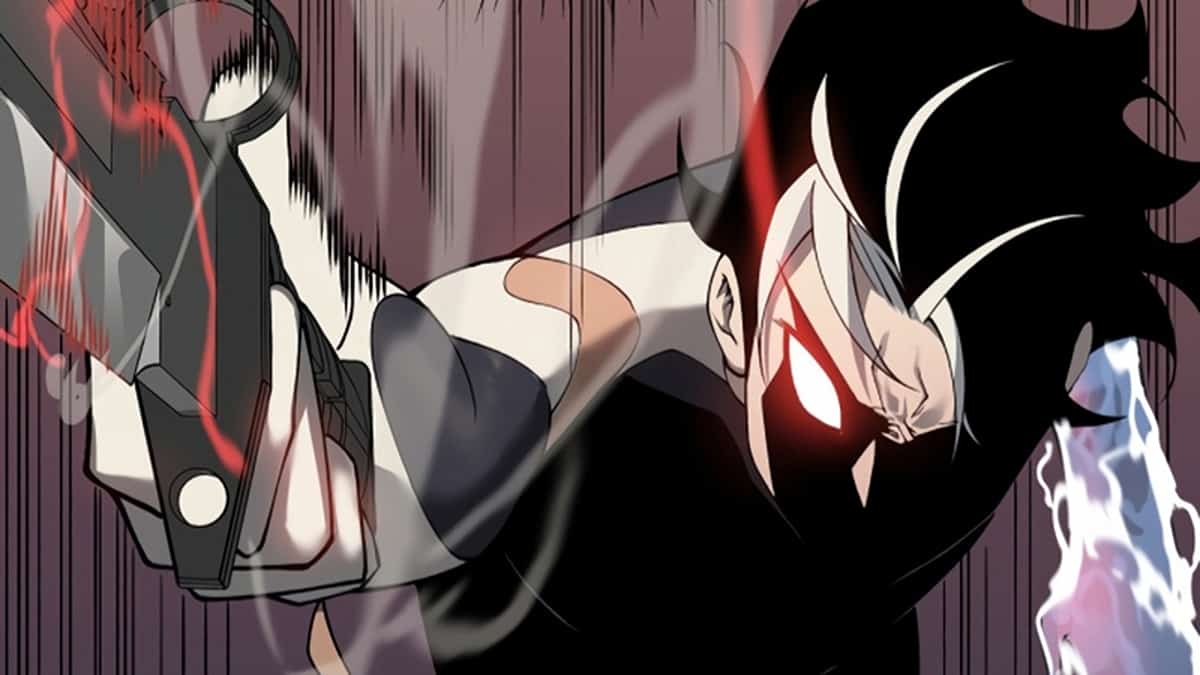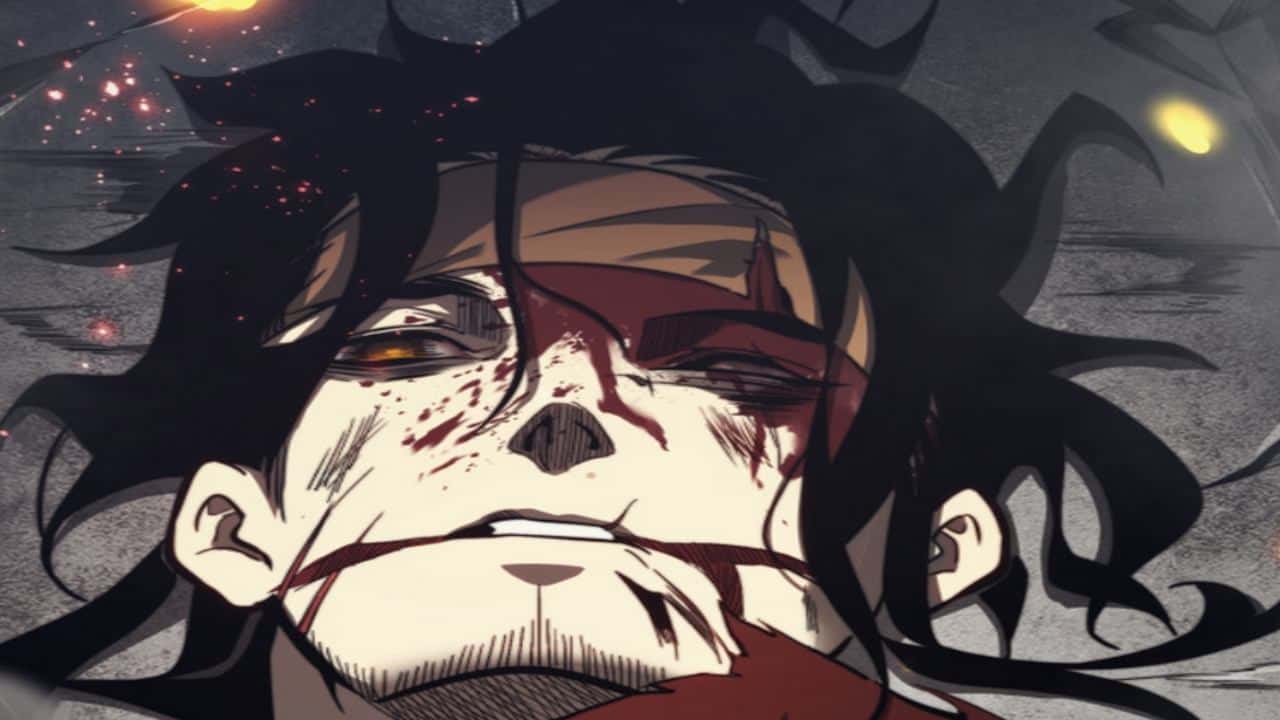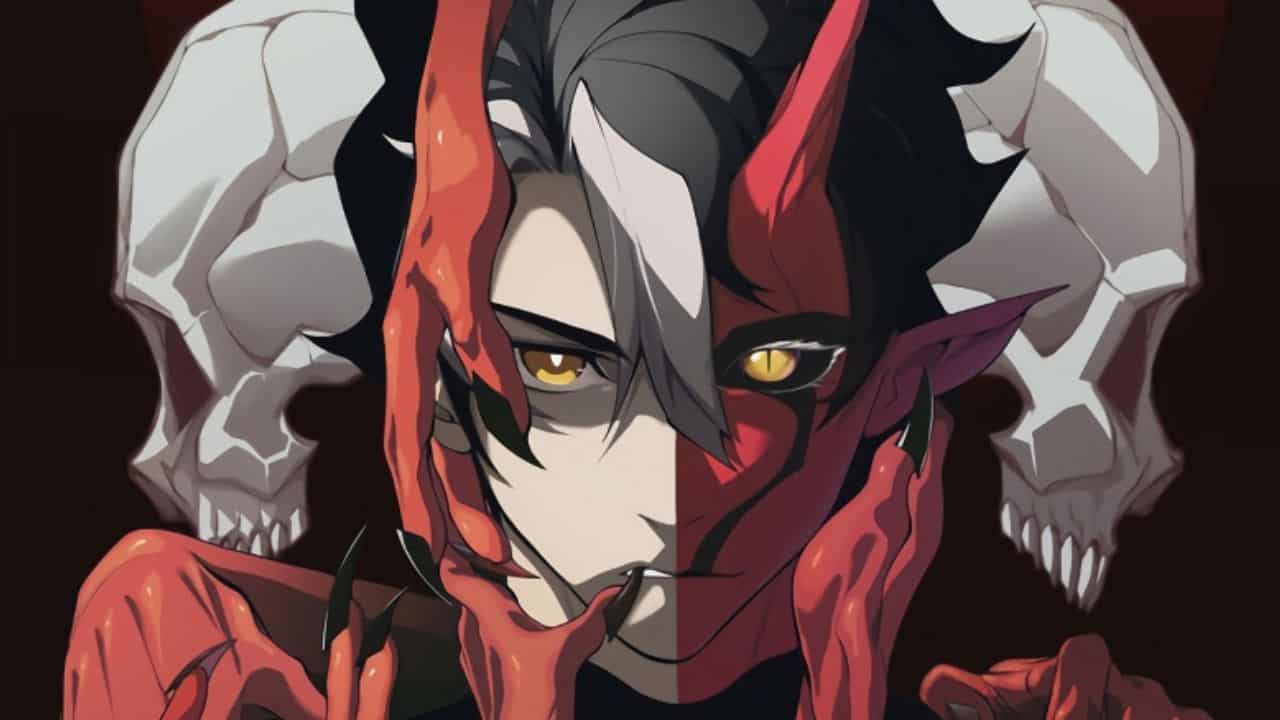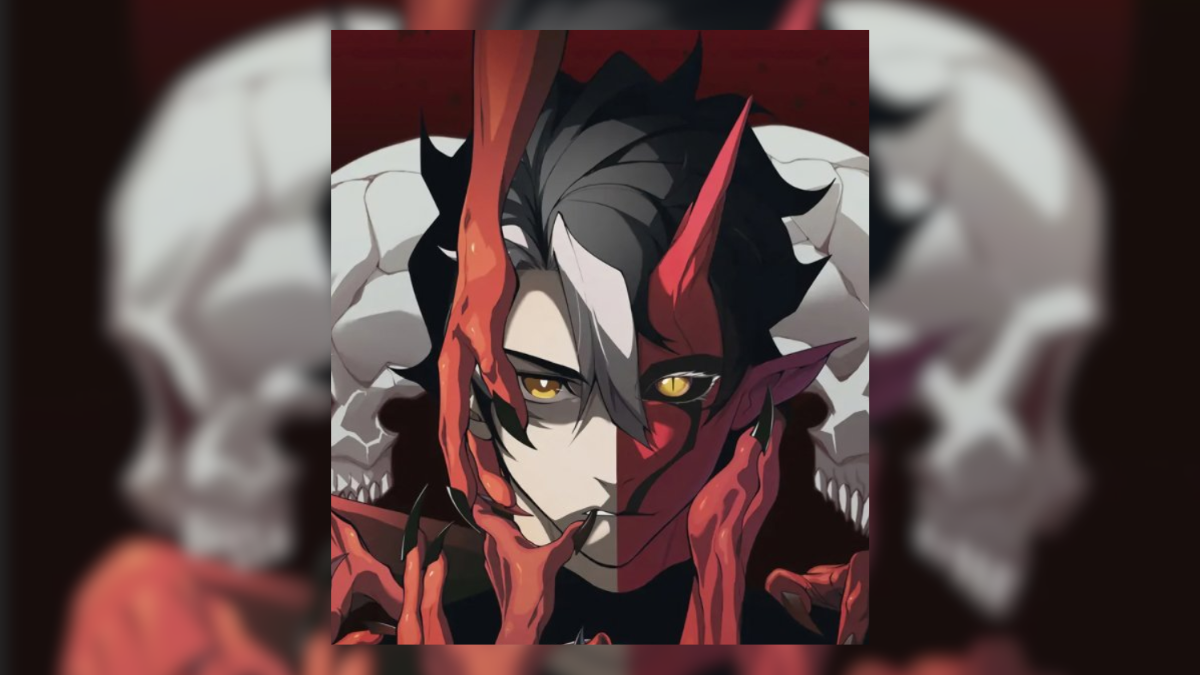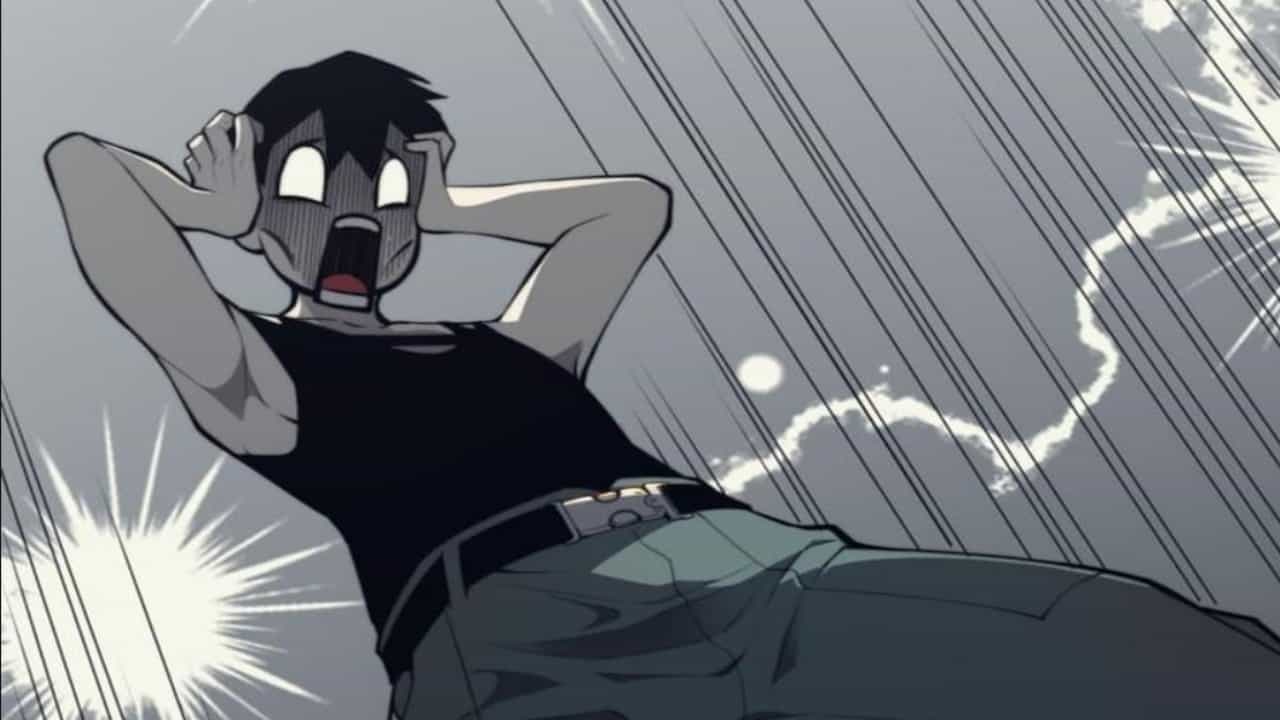Unleash the captivating secrets of “Demonic Evolution Chapter 1,” a literary journey that delves into the enigmatic realm of demons. Prepare to encounter their unique abilities, explore their origins, witness their evolution, and unravel their profound impact on the world.
Within these pages, the tapestry of demonic lore is meticulously woven, inviting readers to delve into the very essence of these enigmatic beings.
Demon Characteristics and Abilities
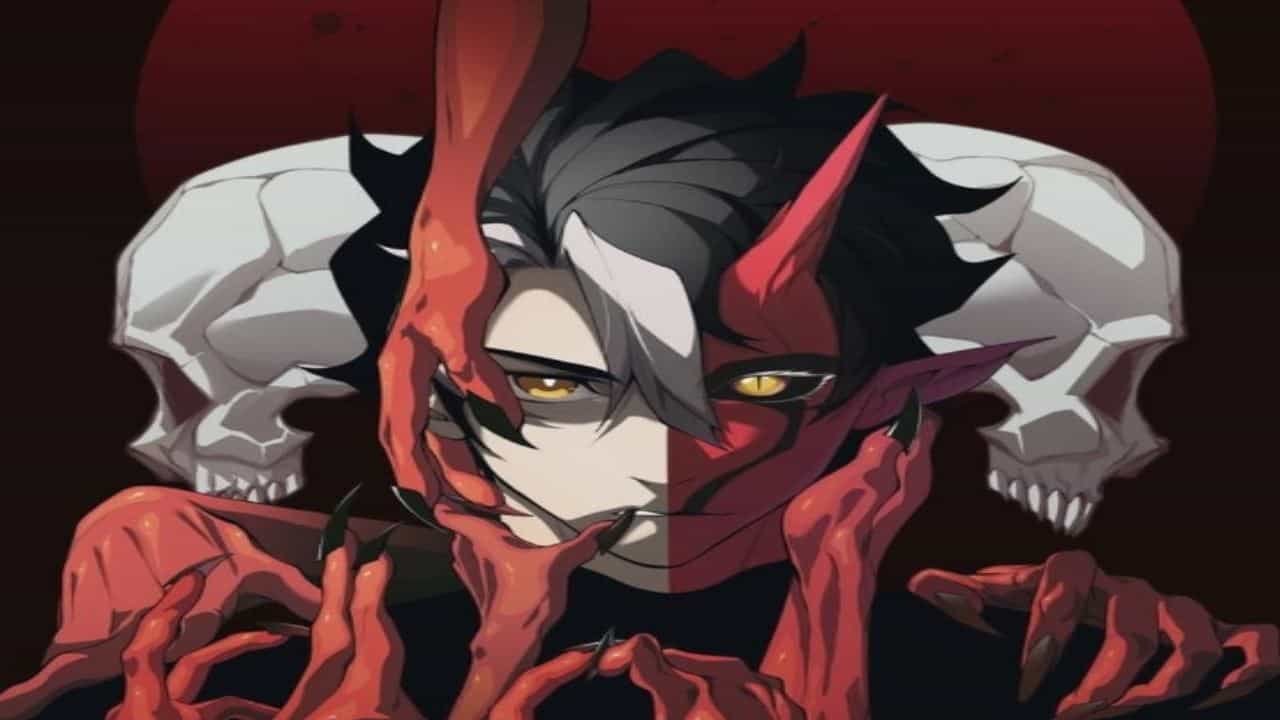
Demons in “Demonic Evolution Chapter 1” possess a distinct blend of physical and supernatural traits that set them apart from other supernatural beings. Their physical forms are characterized by a combination of human and animalistic features, often including sharp claws, glowing eyes, and elongated limbs. These physical attributes enhance their combat prowess, making them formidable opponents in close-quarters combat.
Beyond their physical abilities, demons wield potent supernatural powers. They can manipulate shadows to teleport and create illusions, command elemental forces like fire and darkness, and possess the ability to influence minds and emotions. Their powers are vast and varied, and each demon possesses a unique set of abilities that they can harness for both offensive and defensive purposes.
Weaknesses and Motivations
Despite their formidable powers, demons are not without weaknesses. They are vulnerable to holy symbols and incantations, and they can be weakened by certain magical artifacts. Additionally, their motivations are often driven by primal instincts, such as hunger for power or a thirst for vengeance, which can make them predictable and exploitable.
Role in the Story
The unique characteristics and abilities of demons play a pivotal role in the narrative of “Demonic Evolution Chapter 1”. Their formidable powers and supernatural abilities make them formidable antagonists for the protagonists, while their weaknesses and motivations provide opportunities for the heroes to overcome them. The presence of demons in the story adds an element of danger and suspense, as well as a complex moral dilemma as the characters grapple with the consequences of their actions against these enigmatic beings.
The Origins of Demons

Demons, with their malevolent presence and enigmatic origins, have captivated human imagination for millennia. Their existence has been debated, feared, and revered across cultures, giving rise to a tapestry of myths, legends, and religious beliefs that attempt to unravel the secrets of their genesis.
One prevalent theory traces the origins of demons to the dawn of creation itself. It is believed that when the universe was formed, a primordial darkness emerged alongside the forces of light. This darkness, imbued with consciousness, became the progenitor of demonic entities. These beings, existing outside the realm of human comprehension, possess immense power and an unquenchable thirst for chaos and destruction.
Ancient Beliefs
- In ancient Mesopotamian mythology, demons were known as “lilitu,” malevolent spirits believed to prey on infants and cause disease.
- Greek mythology depicted demons as malevolent beings, such as the Furies, who punished the wicked, and the Erinyes, who pursued those who had committed crimes.
- In Abrahamic religions, demons are often associated with fallen angels, celestial beings who rebelled against God and were cast out of heaven.
The origins of demons remain shrouded in mystery, a testament to the enduring power of human imagination and the unfathomable depths of the universe. Their existence continues to fascinate and terrify, shaping our perceptions of good and evil, and reminding us of the delicate balance that exists between light and darkness.
The Evolution of Demons
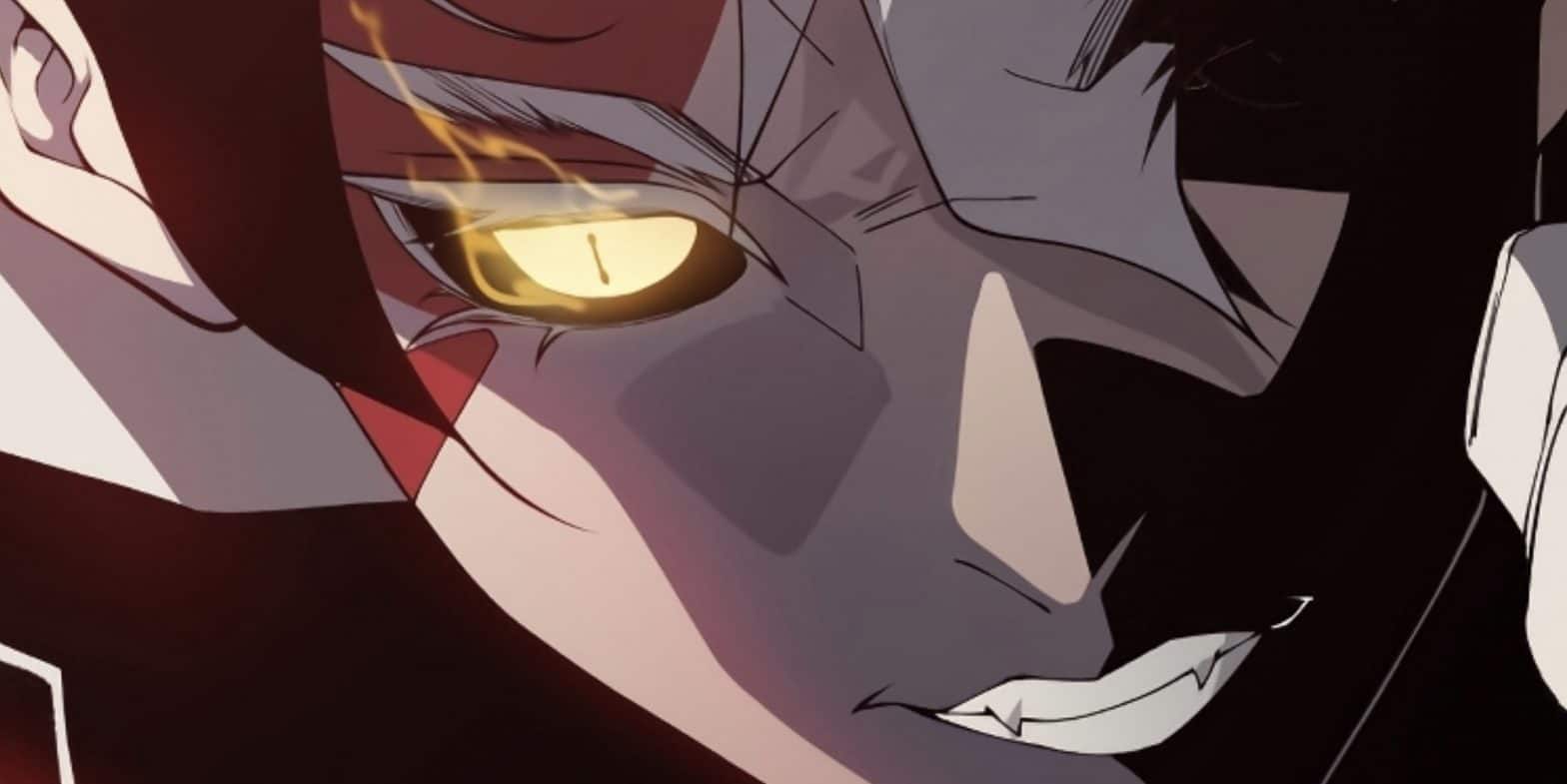
Demons, as entities of darkness and malevolence, have undergone a transformative journey throughout the eons. Their evolution has been shaped by myriad factors, leaving an indelible mark on their nature and abilities.
The origins of demons remain shrouded in mystery, but their evolution can be traced through ancient texts, folklore, and religious beliefs. Over time, their characteristics and powers have adapted to reflect the changing perceptions and fears of humanity.
Stages of Evolution
The evolution of demons can be divided into distinct stages, each marked by significant changes in their form, abilities, and motivations.
- Primordial Demons: These ancient entities existed before the dawn of humanity, embodying the raw forces of chaos and destruction. They possessed immense power but lacked the cunning and intelligence of later generations.
- Mythological Demons: As humans emerged, their fears and beliefs gave rise to a new breed of demons. These beings were often associated with specific deities or supernatural forces, embodying the darker aspects of the human psyche.
- Medieval Demons: The Middle Ages witnessed a surge in demonic activity, as Christianity spread its influence. Demons were depicted as malevolent creatures, tempting humans with sin and leading them astray.
- Modern Demons: In the modern era, the concept of demons has evolved once more. They are often seen as psychological manifestations of human darkness, representing the fears and anxieties of contemporary society.
Influences on Evolution
The evolution of demons has been influenced by a complex interplay of factors, including:
- Human Beliefs and Fears: Demons have always been shaped by the beliefs and fears of humanity. As human perceptions and anxieties change, so too do the characteristics and motivations of demons.
- Religious and Cultural Traditions: Religious and cultural traditions have played a significant role in shaping the concept of demons. Different cultures have developed their own unique interpretations of demonic entities, influenced by their beliefs and practices.
- Technological Advancements: The advent of new technologies has also impacted the evolution of demons. As humanity gains a better understanding of the natural world, the supernatural realm becomes less mysterious, and demons are often reinterpreted in light of scientific discoveries.
Potential Consequences
The continued evolution of demons raises important questions about the potential consequences for humanity. As demons adapt to the changing world, they may become more powerful or more subtle in their manifestations. This could pose new challenges for those who seek to protect themselves from their malevolent influence.
Furthermore, the blurring of the lines between the natural and supernatural realms could lead to a greater acceptance of demonic entities, potentially undermining the moral and ethical foundations of society.
The Impact of Demons on the World
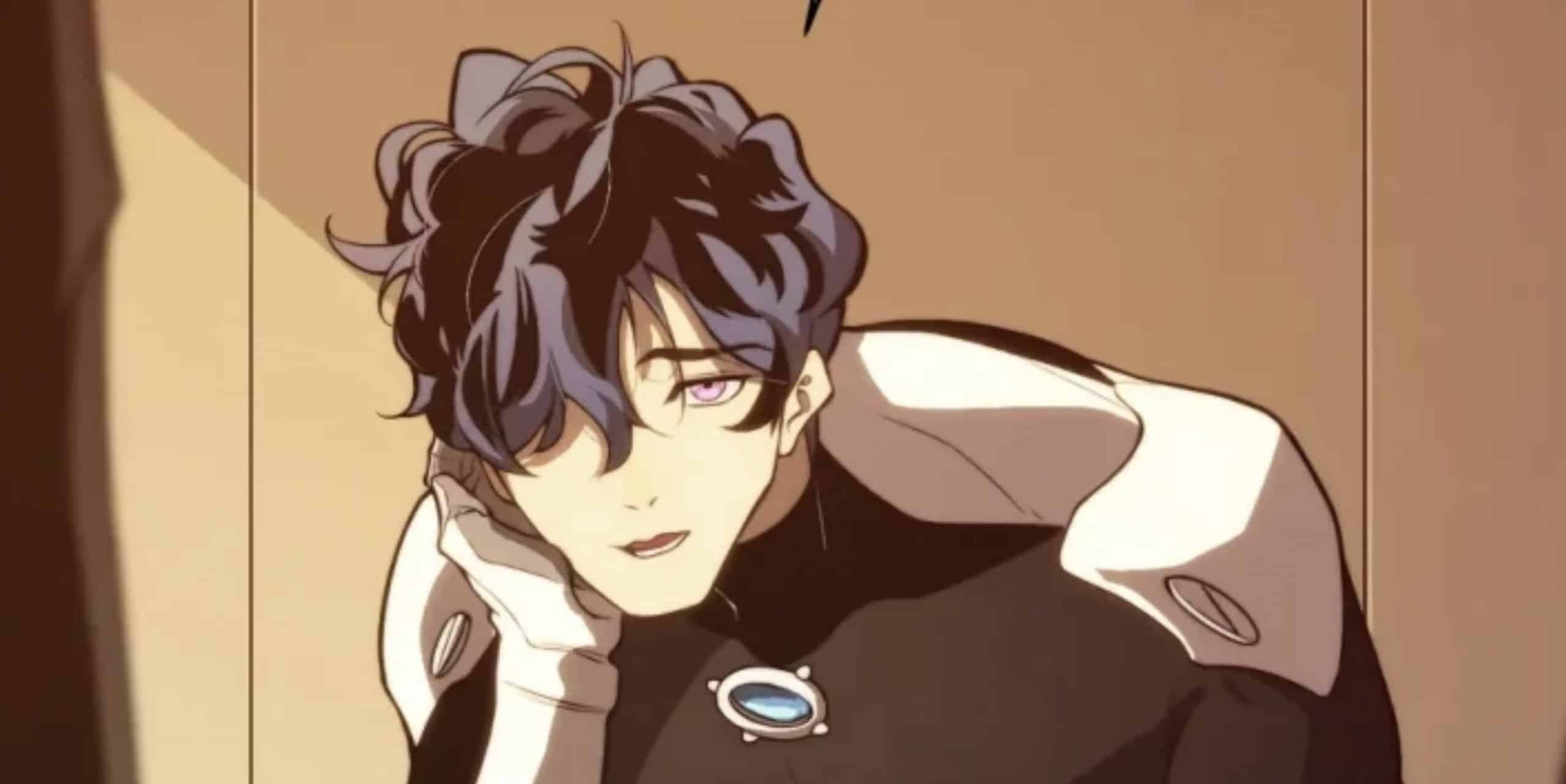
Demons have a profound and multifaceted impact on the world, affecting both the physical and spiritual realms. Their influence extends across human history, leaving a lasting mark on conflicts, shaping human behavior, and posing significant challenges to society.
One of the most significant impacts of demons is their involvement in conflicts. Throughout history, demons have been believed to play a role in wars, battles, and other forms of strife. They are often depicted as fueling hatred, inciting violence, and manipulating events to their advantage.
Demons and Human Behavior, Demonic evolution chapter 1
Demons also exert a powerful influence on human behavior. They can tempt individuals with power, wealth, or other desires, leading them astray from righteous paths. Demons are believed to be responsible for causing mental illness, addictions, and other forms of suffering. By exploiting human weaknesses, demons seek to corrupt and control individuals, leading them towards evil.
Challenges to Society
The presence of demons poses significant challenges to society. Their malevolent intentions can disrupt social order, undermine trust, and create fear and paranoia. Demons can exploit societal vulnerabilities, such as poverty, inequality, and political instability, to spread their influence and gain power.
Strategies for Mitigation
Mitigating the influence of demons requires a multifaceted approach. It involves strengthening spiritual defenses, promoting moral values, and fostering a sense of community. Religious practices, such as prayer, meditation, and exorcism, can help protect individuals from demonic attacks. Additionally, education and awareness about the dangers of demonic influence can empower individuals to resist their temptations.
Final Review
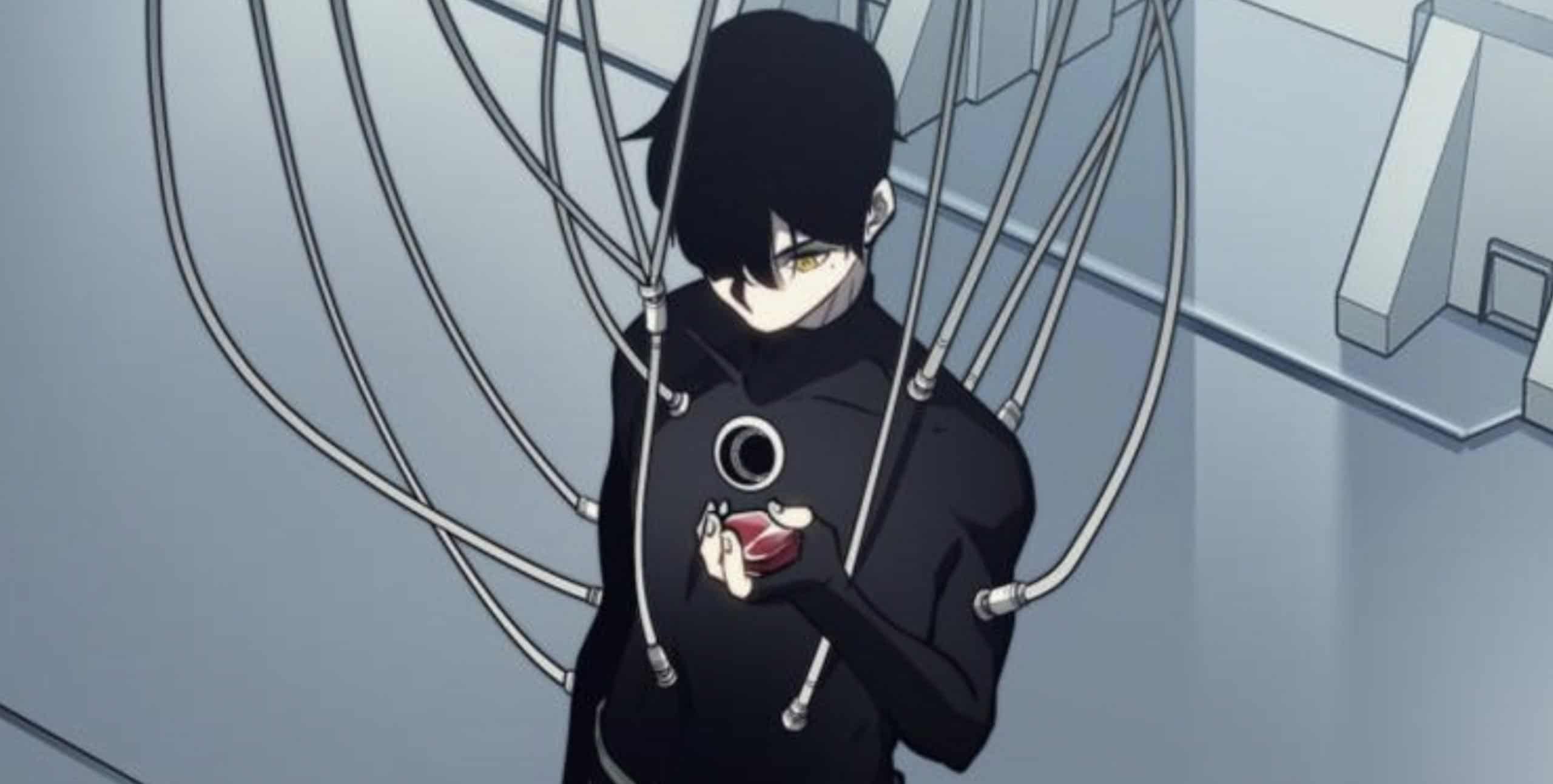
As “Demonic Evolution Chapter 1” draws to a close, it leaves readers spellbound, eager to unravel the mysteries that lie ahead. The story has only just begun, and the saga of demons and their influence on the world is set to unfold in captivating chapters to come.
Top FAQs: Demonic Evolution Chapter 1
What sets “Demonic Evolution Chapter 1” apart from other stories about demons?
This chapter delves deeply into the unique characteristics and abilities of demons, exploring their origins, evolution, and impact on the world, providing a fresh perspective on these enigmatic beings.
How does the story balance supernatural elements with a realistic setting?
The narrative seamlessly blends the supernatural realm of demons with a relatable human world, creating a captivating and immersive experience for readers.
What is the significance of the evolution of demons in the story?
The evolution of demons is a central theme, as it highlights their adaptability and the potential consequences of their continued development, adding depth and complexity to the plot.
